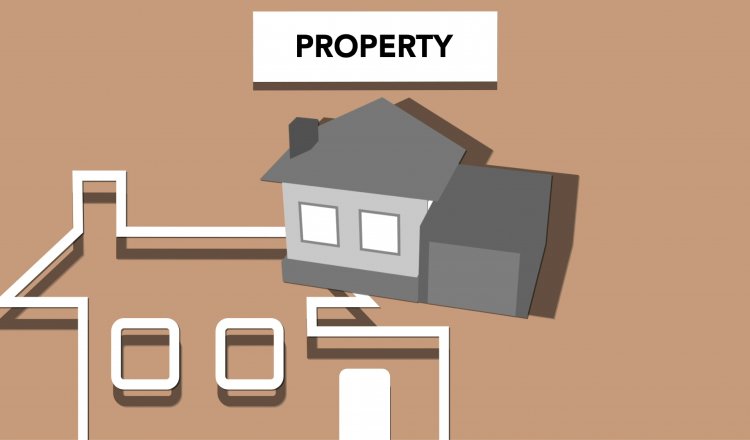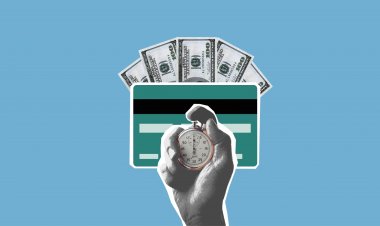Weighing the Pros and Cons of Loans: A Comprehensive Guide
Explore the Lending Landscape: Our In-Depth Guide Analyzes the Benefits and Drawbacks of Loans, Helping You Make Informed Financial Choices

Loans are financial tools that can provide a lifeline during times of need, helping individuals and businesses achieve their goals and overcome financial obstacles. However, it's important to approach loans with a clear understanding of their advantages and disadvantages. In this blog, we'll explore the pros and cons of taking out loans to help you make informed financial decisions.
Chapter 1: The Pros of Loans
-
Access to Capital: Loans provide a source of capital that can be used for various purposes, such as starting or expanding a business, buying a home, or funding education. This chapter will delve into the advantages of having financial resources when you need them.
-
Flexible Repayment Options: Many loans offer flexible repayment terms, allowing borrowers to choose a schedule that fits their financial situation. We'll discuss how flexibility can be beneficial for borrowers.
-
Building Credit: Responsible loan management can positively impact your credit score, which can open doors to better financial opportunities in the future. We'll explore how loans can be a stepping stone to better credit.
-
Investment Opportunities: Loans can be used to invest in assets that have the potential to generate a return on investment, such as starting a business, investing in real estate, or buying stocks. This section will discuss how loans can be a tool for wealth-building.
Chapter 2: The Cons of Loans
-
Interest and Fees: Borrowing money typically involves paying interest and fees, which can increase the total cost of the loan. We'll explain how these costs can be a significant drawback.
-
Risk of Debt: Taking on too much debt can lead to financial stress and, in some cases, bankruptcy. We'll discuss the importance of managing debt wisely to avoid these risks.
-
Impact on Cash Flow: Loan repayments can strain your monthly cash flow, affecting your ability to cover day-to-day expenses. This chapter will explore the cash flow challenges that loans can create.
-
Collateral and Risk: Some loans require collateral, such as your home or car. We'll discuss how the risk of losing assets can be a major drawback of secured loans.
Chapter 3: Types of Loans
To better understand the pros and cons, it's crucial to explore different types of loans, such as personal loans, mortgages, student loans, and business loans. This chapter will provide an overview of the various loan options and the specific advantages and disadvantages associated with each.
Chapter 4: Responsible Borrowing
In this section, we'll discuss tips and strategies for responsible borrowing. This includes topics such as:
-
Budgeting and Planning: The importance of planning your borrowing needs and creating a budget to manage loan payments effectively.
-
Comparing Offers: How to evaluate loan offers, including interest rates, terms, and fees, to make informed decisions.
-
Avoiding Predatory Lending: Recognizing the signs of predatory lending practices and how to protect yourself from them.
Chapter 5: Loan Alternatives
Loans aren't the only solution to financial challenges. This section will explore alternatives to borrowing, such as saving, seeking investment, or exploring grant and scholarship opportunities for education.
In the concluding chapter, we'll summarize the key takeaways from the blog, emphasizing the importance of weighing the pros and cons before taking out a loan. Remember that loans can be valuable tools, but informed decisions are crucial to avoid financial pitfalls and achieve your goals with confidence.
By the end of this guide, readers will have a well-rounded understanding of loans, enabling them to make informed choices about when, why, and how to borrow money while effectively managing the associated risks.



























